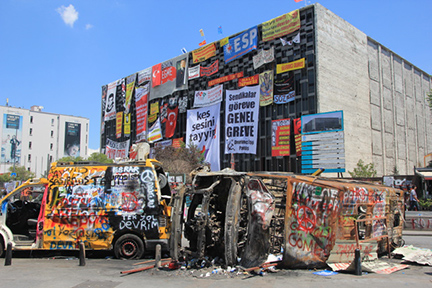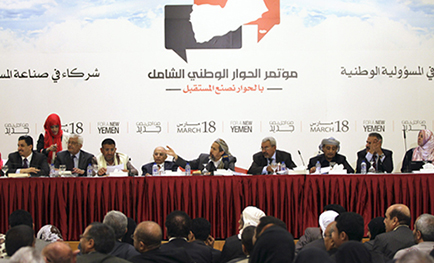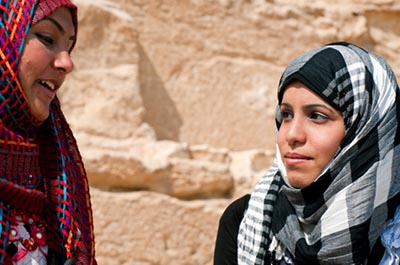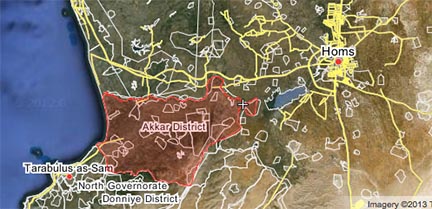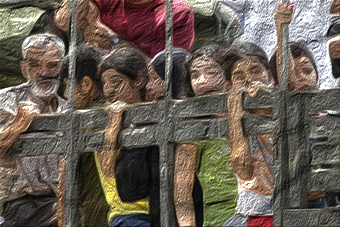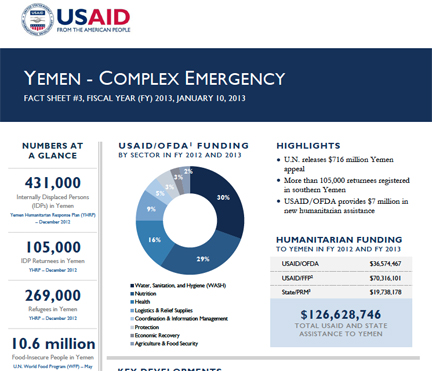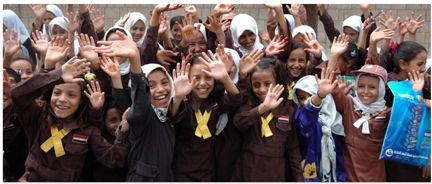
Egypt’s Morsi turns to Syria and soccer to polish his tarnished image
By James M. Dorsey, Mideast Soccer Blogspot, June 17, 2013
Egyptian President Mohammed Morsi and his flailing Muslim Brotherhood have turned to foreign policy and soccer to improve their battered image in advance of a planned mass anti-government protest at the end of this month and mounting calls for his resignation.
In a bid to distract attention from his domestic woes, curry favor with the United States and Gulf countries and restore Egypt to a leadership position in the Middle East and North Africa, Mr. Morsi chose a Cairo stadium to announce to his rallied supporters that he was cutting diplomatic ties with the regime of embattled Syrian President Bashar al-Assad.
The president’s ruling Muslim Brotherhood at the same time said it would field candidates for the board elections of storied Cairo soccer club Al Zamalek SC and other major football teams. The move is an effort to gain control of clubs in a soccer-crazy country whose huge fan base played a key political role in and since the toppling of Hosni Mubarak two years ago.
The fans, one of the largest civic groups in Egypt, are likely to participate in a mass opposition Tamarod (Rebel) march on the presidential palace scheduled for June 30, the first anniversary of Mr. Morsi’s inauguration as Egypt’s first freely-elected post-revolt leader, to demand his resignation and early elections. Egyptian media report that a petition calling for Mr. Morsi’s resignation has so far attracted 15 million signatures, two million more than the 13 million votes the president garnered a year ago. A significant number of militant soccer fans are believed to be among the signatories. Continue reading GOOOOOOOAAAAAALLLLLL for Morsi?
